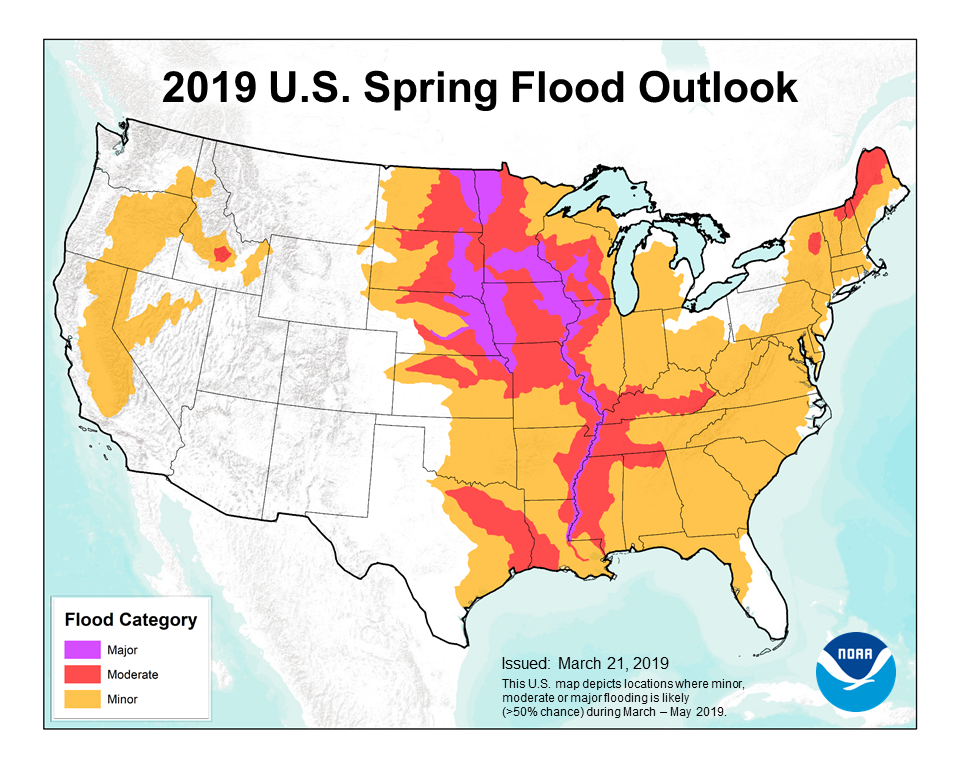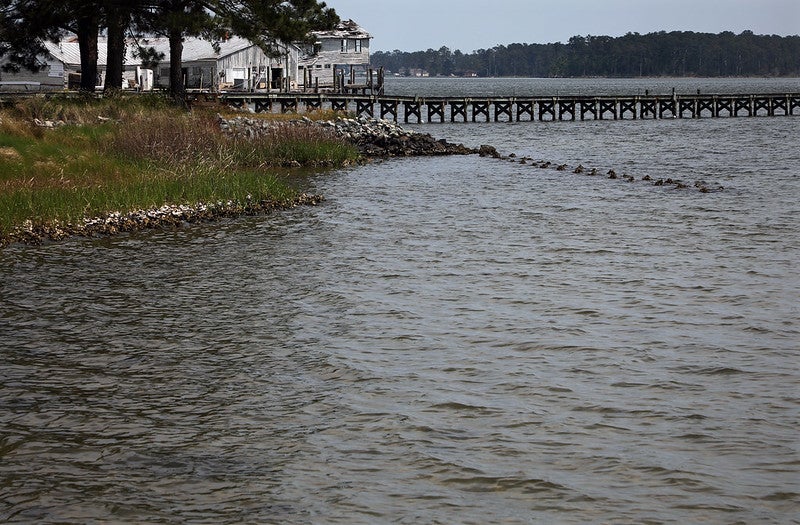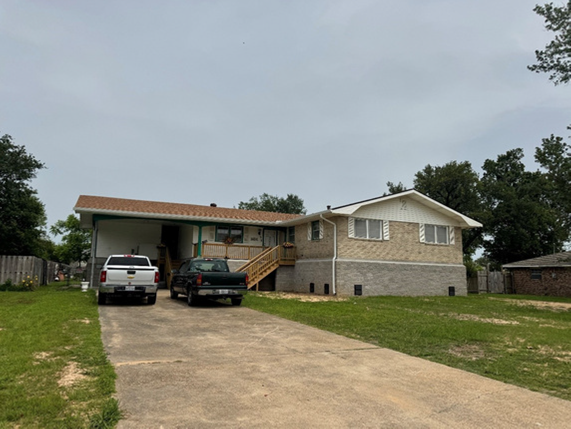Attention Congress: Investing in nature can help our flood-ravaged nation
Call 2019 the year of the flood.
This spring large swaths of the nation experienced moderate to severe flooding – and the rain isn’t stopping. In California, record rainfall and snow persisted into May. In Louisiana, for the first time ever, the Army Corps of Engineers just released water through its Bonne-Carré spillway twice in a single year to avoid flooding. And hurricane season is just beginning.

The deluge of floods is hardly a coincidence.
Land-use changes and extreme weather driven by climate change are delivering a one-two punch that heightens flood risk. We’ve increased impervious surfaces – think asphalt and concrete – and at the same time we’ve removed wetlands, prairies and forests, which can absorb water and slow runoff. We’ve also built hard infrastructure such as bridges, urban and agriculture drainage networks, and even, ironically, flood “protection” projects that often alter watersheds, floodplains and stream hydrology and increase the severity of floods.
So how do we better protect critical infrastructure and communities in the face of increased flooding?
More nature-based solutions
Restoring natural infrastructure is a winning strategy because it reduces both flood hazard and flood exposure. It’s the missing component of the nation’s current flood-risk management platform.
Natural infrastructure reduces flood hazards by enhancing water infiltration, storing water where it falls, recharging groundwater, slowing run off – reducing the amount of water reaching streams at the same time. In addition, restoring natural infrastructure–like upland forests or coastal mangroves–also increases storage of carbon, slowing the rate of climate change that exacerbates sea level rise and intensifies precipitation. Restoring natural infrastructure is key to building the nation's resilience to increasingly extreme and frequent flooding Share on X
Nature-based solutions such as river meanders, wetlands, reefs or dunes can dissipate storm surge and wave energy to reduce exposure to damaging floods. Along rivers, natural infrastructure can even be an alternative to riprap or other traditional flood-control solutions to stabilize banks, reduce erosion and lessen flood risk.
Innovating beyond traditional means of flood protection
In our increasingly flood-ravaged country, limiting flood damages has become more urgent. An estimated 41 million people in the United States live in river or coastal floodplains. This risk will only increase: One study estimates that by 2050 coastal locations will experience a 40% increase in the number of annual 100-year floods. Extreme weather has already exacted an enormous toll, with four of the five costliest hurricanes in U.S. history happening since 2012.
It’s time we thoughtfully reimagine how to manage water going forward. The nation needs a more holistic approach to confront escalating flood damages.
As Congress considers how to invest in rebuilding America’s worn and damaged infrastructure, restoring natural infrastructure should be a top priority. Doing so will help make the devastating floods of 2019 an outlier rather than an everyday reality.












